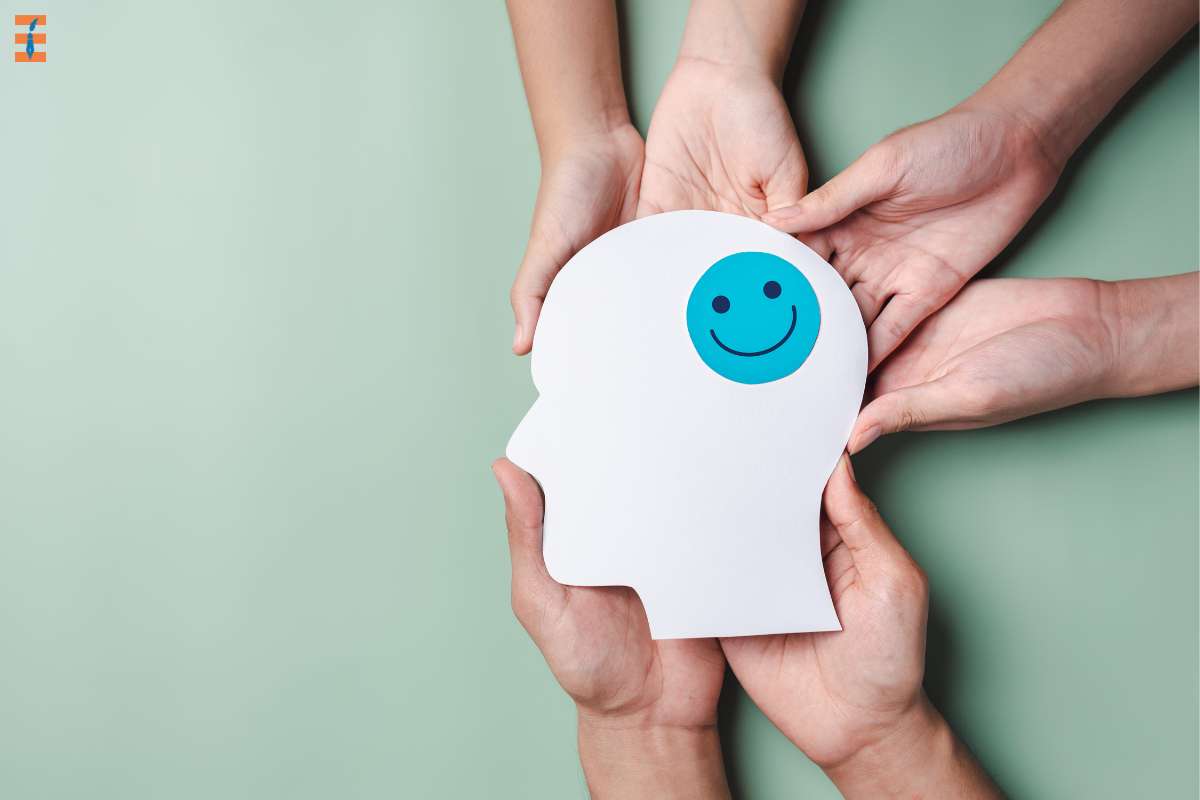Transitions are an inevitable part of life. Whether it’s changing jobs, moving to a new city, or embarking on a new phase of life, transitions can be both exciting and challenging. The ability to navigate these transitions successfully often relies on one’s self-regulation. It is a critical aspect of emotional intelligence in a human being. Playing a pivotal role in helping individuals manage their emotions and adapt to change helping them calm the chaos inside.
This chaos is caused because of the storm entangling the constantly changing emotions and the ability to adapt to it. In this article, we will explore the concept of self-regulation and discuss various self-regulation strategies to harness its power when facing life’s transitions of the storm inside.
Understanding Self-Regulation
Self-regulation refers to the ability to manage and control one’s emotions, thoughts, and behaviors in response to different situations or stimuli. It involves being aware of one’s emotions, understanding their impact, and effectively modifying them to achieve desired outcomes. While self-regulation is valuable in various aspects of life, it becomes particularly essential during times of transition.
The Role of Self-Regulation in Transitions

Transitions often bring about a range of emotions such as anxiety, fear, excitement, and uncertainty. How individuals regulate these emotions can significantly influence their experience of the transition. The ability to self-regulate empowers individuals to:
1. Reduce Stress
Self-regulation can help individuals manage the stress and anxiety that often accompany transitions. By recognizing and controlling their emotional responses, individuals can reduce the negative impact of stress on their well-being.
2. Enhance Resilience
Transitions can be challenging, but self-regulation fosters resilience. It enables individuals to bounce back from setbacks, adapt to new circumstances, and maintain a positive attitude even when faced with uncertainty.
3. Improve Decision-Making
Self-regulation enhances cognitive functions, such as rational thinking and problem-solving. This, in turn, helps individuals make better decisions during times of transition.
4. Sustain Motivation
Self-regulation is crucial for maintaining motivation and focus on long-term goals. It prevents individuals from being overwhelmed by the short-term stressors associated with change.
5. Self-Regulation and Emotional Intelligence
Self-regulation is a fundamental component of emotional intelligence, which is the capacity to recognize, understand, manage, and use emotions effectively. Emotional intelligence is a valuable skill in various areas of life, including personal relationships, professional success, and overall well-being. When it comes to transitions, emotional intelligence and self-regulation work hand in hand.
6. Awareness of Emotions

The first step in self-regulation is becoming aware of one’s emotions. Emotional intelligence encourages individuals to recognize their feelings, acknowledge them without judgment, and understand their triggers.
7. Emotional Control
Once emotions are recognized, emotional intelligence helps individuals control and manage them. This involves techniques like mindfulness, deep breathing, and cognitive reframing.
8. Empathy
Another aspect of emotional intelligence is empathy, which can be beneficial during transitions. Being empathetic toward others and understanding their emotions can create smoother transitions in personal and professional relationships.
Self-Regulation Strategies for Transitions
Now that we understand the importance of self-regulation during transitions, let’s delve into specific self-regulation strategies that can help individuals harness the power of self-regulation effectively.
1. Mindfulness Meditation
Mindfulness meditation is a practice that cultivates self-awareness and emotional control. By paying focused attention to the present moment without judgment, individuals can become more attuned to their emotions and thought patterns. This practice can be particularly helpful during transitions, as it allows individuals to acknowledge their emotions, manage stress, and make more deliberate decisions.
2. Cognitive Restructuring
Cognitive restructuring involves identifying and challenging irrational or unhelpful thoughts and replacing them with more constructive ones. During transitions, individuals often experience negative thought patterns that can impede self-regulation. Cognitive restructuring helps in reframing these thoughts in a more positive and empowering light.
3. Goal Setting and Planning
Setting clear, achievable goals and creating a detailed plan can provide a sense of structure and purpose during transitions. This not only fosters motivation but also enhances self-regulation. By breaking down larger goals into smaller, manageable steps, individuals can navigate transitions with greater ease and confidence.
4. Emotional Regulation Techniques
Various techniques can help individuals regulate their emotions during transitions. These include:

- Deep Breathing: Deep, diaphragmatic breathing can help calm the nervous system and reduce stress.
- Journaling: Keeping a journal to express emotions and thoughts can be therapeutic and facilitate self-regulation.
- Positive Visualization: Visualizing a successful outcome of the transition can boost confidence and motivation.
- Seeking Support: Talking to friends, family, or a therapist can provide emotional support and perspective.
- Resilience Building: Building resilience is an ongoing process that can be particularly beneficial during transitions. Resilience involves developing the ability to bounce back from adversity and setbacks. Some ways to build resilience include:
- Building a Support System: Surrounding oneself with a network of supportive friends and family.
- Learning from Experience: Viewing failures and challenges as opportunities for growth.
- Maintaining a Positive Outlook: Cultivating a positive mindset even in the face of adversity.
- Adaptability: Embracing change and being open to new experiences.
Conclusion
Transitions are a natural part of life, and the ability to navigate them effectively relies on self-regulation. By harnessing the power of self-regulation, individuals can manage their emotions, reduce stress, and make better decisions during these times of change. Furthermore, self-regulation is closely linked to emotional intelligence, which can enhance relationships, personal development, and overall well-being. With practice and determination, you can harness the power of self-regulation to make your transitions more manageable and successful. Embrace change, stay mindful, and trust in your ability to navigate the shifting tides of life with grace and resilience.










